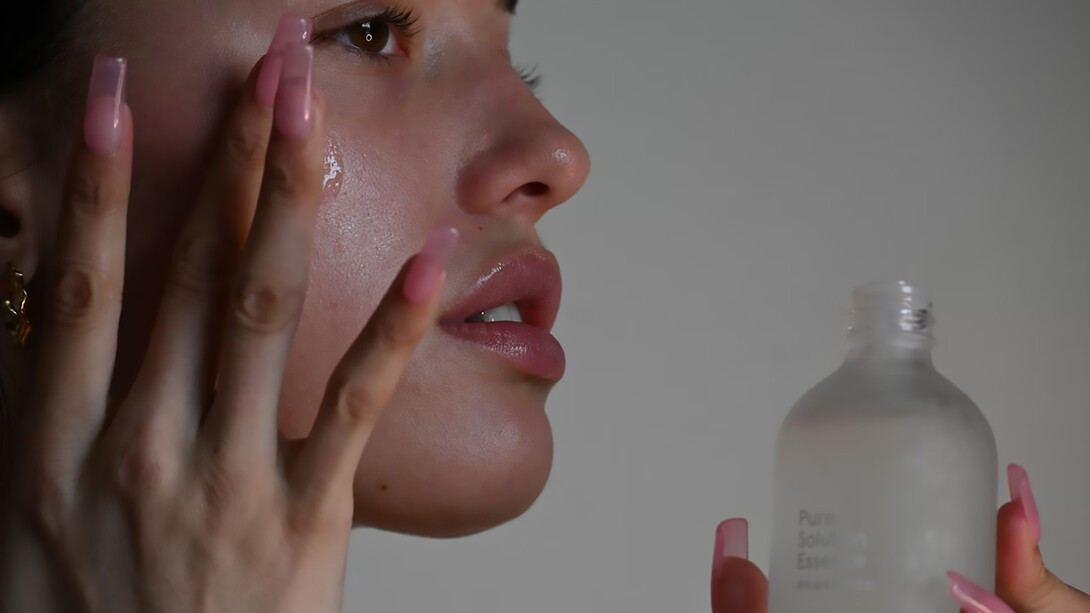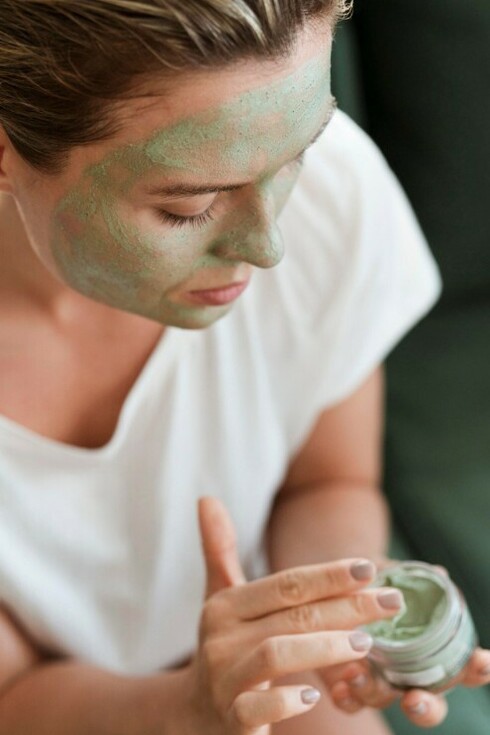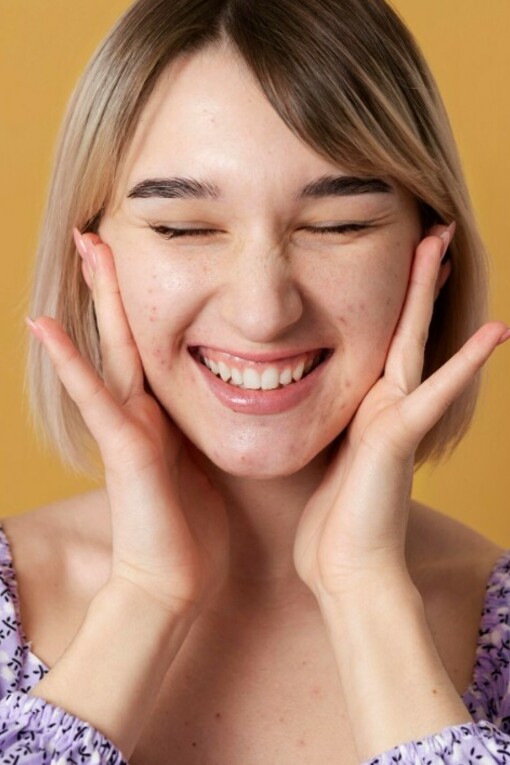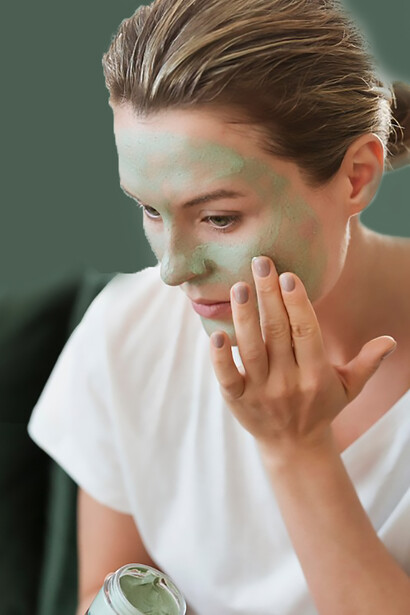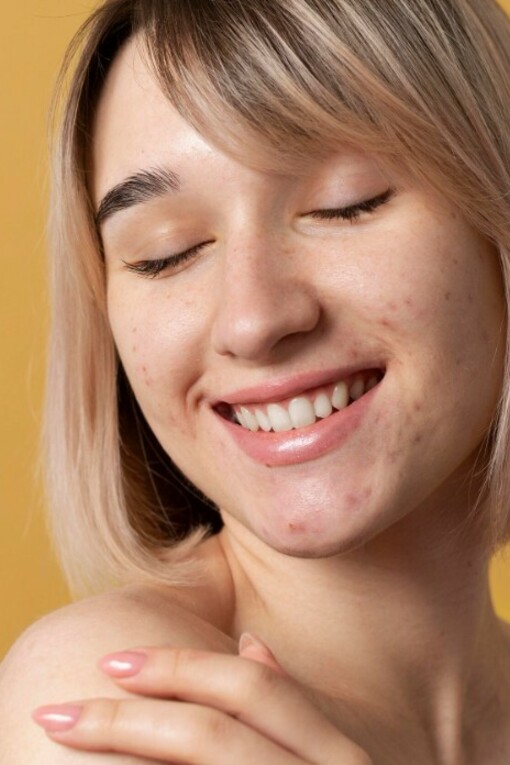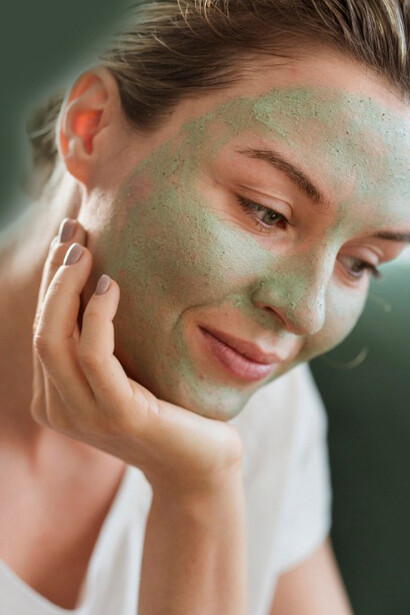Acne is a chronic, long-term inflammatory skin condition that occurs when dead skin cells and oil from the skin clog hair follicles. This blockage of hair follicles usually leads to inflammation, which manifests itself in lumps that sometimes contain pus on the skin. Acne most commonly occurs on the parts of the body with the greatest number of oil or sebaceous glands, such as the face, neck, chest, and back.
What causes acne?
You might have wondered your entire life when you’ve observed other people leading various lifestyles and having clear skin: am I just unlucky? The answer is yes. Acne is generally a genetic disorder, and people are either born with a gene that predisposes them to acne or not.
Genetic factors: The trigger is a genetically determined release of androgens in the body and/or an increased sensitivity of sebaceous gland cell receptors to a testosterone derivative. This leads to excessive sebum production and subsequently, hyperkeratosis, causing blockages at the mouths of follicles.
Development of acne
The excess sebum, dead skin cells, and bacteria accumulate in the lower part of the hair follicle, leading to the formation of a pimple.
The pimple continues to expand, eventually rupturing the follicle wall and triggering an inflammatory process.
Microorganisms such as Propionibacterium acnes, Staphylococcus epidermidis, and fungi of the genus Pityrosporum contribute to the development and severity of acne.
Factors that trigger acne
While acne is genetically based, it often requires certain external factors to trigger its appearance.
Age: acne can affect people of different ages, but is most common during the teenage years. However, some people might not experience acne until adulthood, and there are no strict rules, as acne is unpredictable.
Hormones: androgens or male sex hormones are the main drivers of this disease by enhancing sebum production. These hormones naturally increase in both boys and girls during puberty and cause the sebaceous glands to enlarge and produce more sebum.
Hormonal fluctuations during pregnancy or due to certain medications can also trigger acne.
Medications: drugs like steroids, hormones, or lithium can lead to acne flare-ups. For instance, athletes who use steroids often develop severe acne on their chest and back.
Lifestyle factors can significantly influence the development and severity of acne. Lack of sleep and high stress levels might cause acne, as the hormones produced during sleep are essential for overall health and acne prevention.
Diet also plays a role; sugary, greasy, and junk foods, particularly those containing yeast, are associated with inflammation, which in turn can trigger acne. Although alcohol consumption and smoking are not the most immediate causes of this skin condition, they can aggravate acne in individuals who already struggle with it.
Smoking, in particular, dehydrates the skin, making it appear dull and dry.
Hygiene is another important factor—using dirty towels, sleeping on unwashed pillowcases, and touching your face with unclean hands can contribute to acne. Bacteria grow rapidly in such places as wet towels and pillowcases, increasing the risks of causing inflammatory processes when coming into contact with the skin.
Additionally, many skincare and makeup products contain comedogenic (pore-clogging) ingredients, which can worsen acne.
These elements are usually associated with clogging pores and increasing oil production, which are the most essential conditions for developing acne. Even if the products are acne-safe, they might still cause irritation if they contain active ingredients like salicylic acid or retinoid. Moreover, components such as alcohol and fragrance can cause irritation, redness, and breakouts on sensitive skin.
How to get rid of acne?
External factors
Cleansing: always start with an oil-based cleanser like micellar water, hydrophilic oil, or cleansing balm. However, micellar water is often safer for acne-prone skin, as the other two options can be too oily. Then, make sure to cleanse a second time, now with a simple cleansing gel or foam. These products should also be acne-safe and non-irritating. Avoid using cleanser with active components, alcohol, or fragrance.
Toner: actually, toner is not obligatory, and it is possible to skip it. However, if you are insistent on including this step in your skincare, go for acne-safe, soothing, and calming toners.
Moisturizer: use a light, simple, non-comedogenic moisturizer. Pharmacy-bought skincare products are usually safer.
Active ingredients: consult a dermatologist, but consider products containing salicylic acid or benzoyl peroxide, which can help dry out pimples and control excess oil. Keep in mind that these ingredients can cause dry skin, so pair them with a good moisturizer.
Makeup routine: check your makeup for pore-clogging ingredients. Nowadays, many popular brands use comedogenic components, so make sure to do your research before use.
Makeup hygiene is essential for maintaining healthy skin and preventing acne. It is important to regularly wash makeup brushes and sponges and store them in a closed container to avoid dust and bacteria. Pillowcases should be replaced 2-3 times a week, and instead of using towels on your face, disposable paper towels are recommended for drying. Additionally, it is best not to wear makeup while working out, as the combination of sweat and makeup can clog pores and worsen acne.
Avoid bad habits: quit smoking and reduce alcohol consumption. These lifestyle changes will improve overall skin health.
Internal factors
It would of course be better if you could go to a specialist, get blood tests, and discover the specific trigger for your acne. However, if it is not possible, then here are some suggestions. You need to get rid of all possible triggers.
- Dietary changes: avoid potential triggers like sugary foods (chocolate, candies, soda), yeast-based products (cakes, bread, alcohol), dairy (milk, cheese, butter), fast food (chips, burgers, hot dogs, popcorn, etc.,) and oily foods (sausages, oil-fried foods).
Observe your body’s reaction as you slowly reintroduce these products after your skin clears up to identify your personal acne triggers. This is the hardest part, because seeing any changes during this stage will take time. But you should be patient. You can find interesting recipes and meals that will keep you going.
- Patience: acne treatment requires time and persistence. Changes won’t happen overnight, but a combination of the right skincare products, lifestyle changes, and diet can lead to long-term improvements.
Conclusion
Acne is a multifunctional condition that requires attention to both internal and external triggers. A consistent skincare routine, healthier lifestyle choices, and dietary adjustments are key steps to reducing acne. However, seeing a dermatologist for personalized guidance and blood tests can help identify specific underlying causes, ensuring the best approach for clearer skin. Acne might look like an unbeatable demon to you right now, but with hard work and persistence, you can finally get rid of it once and for all. Don’t give up!
